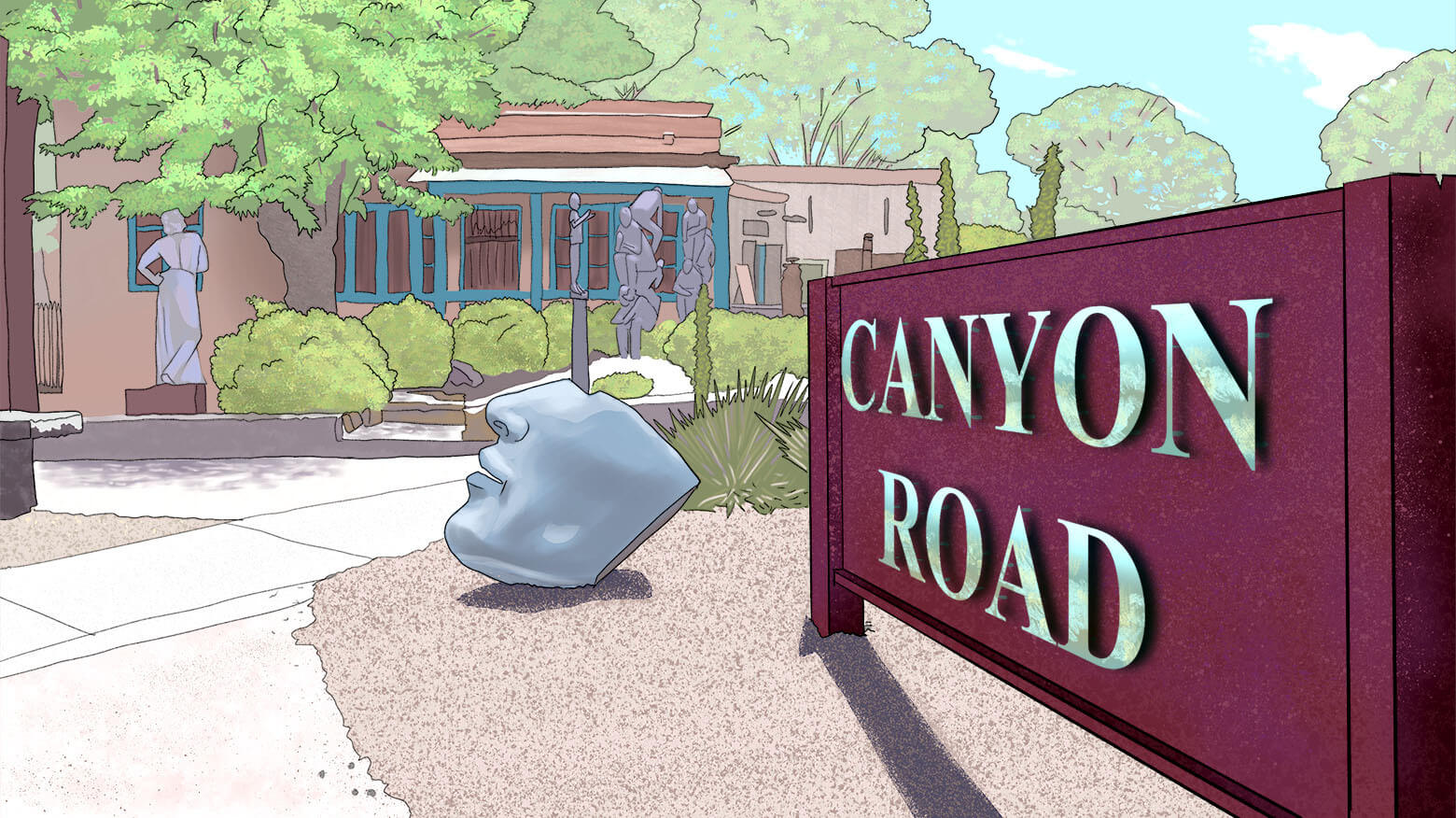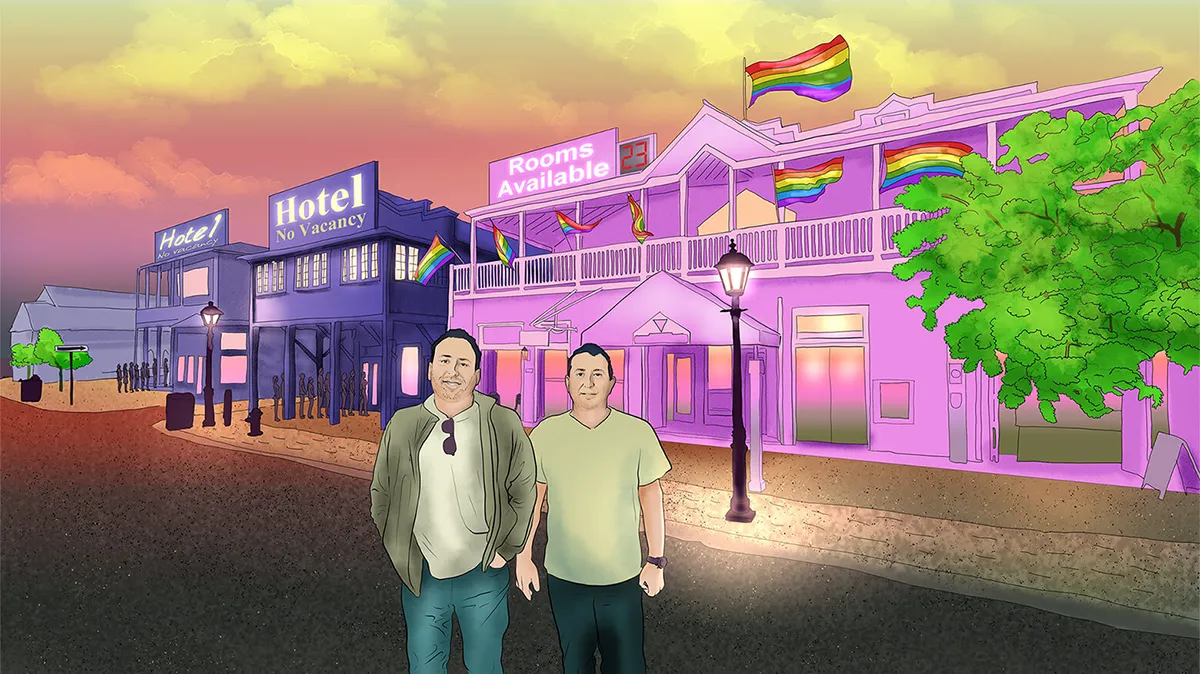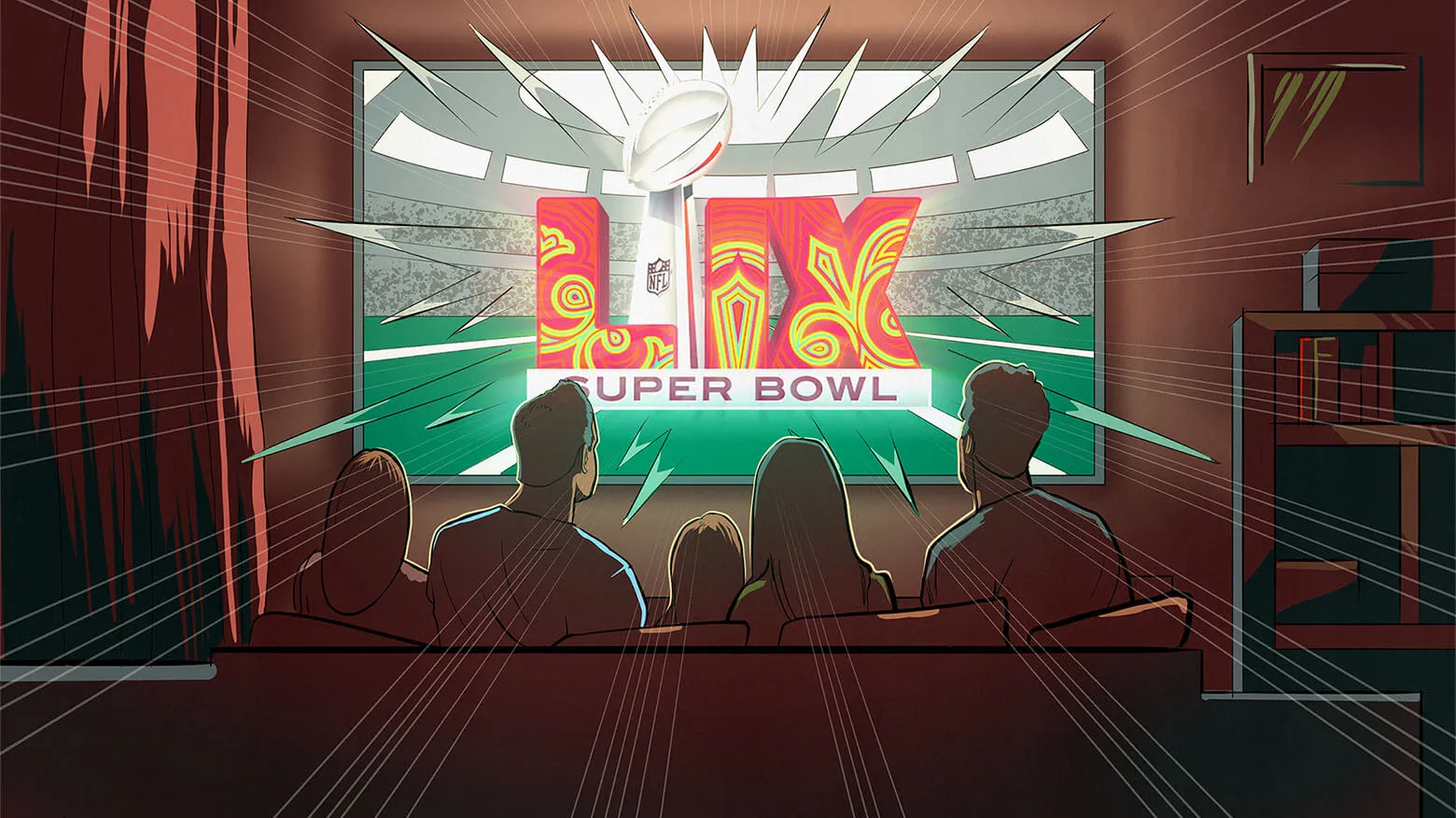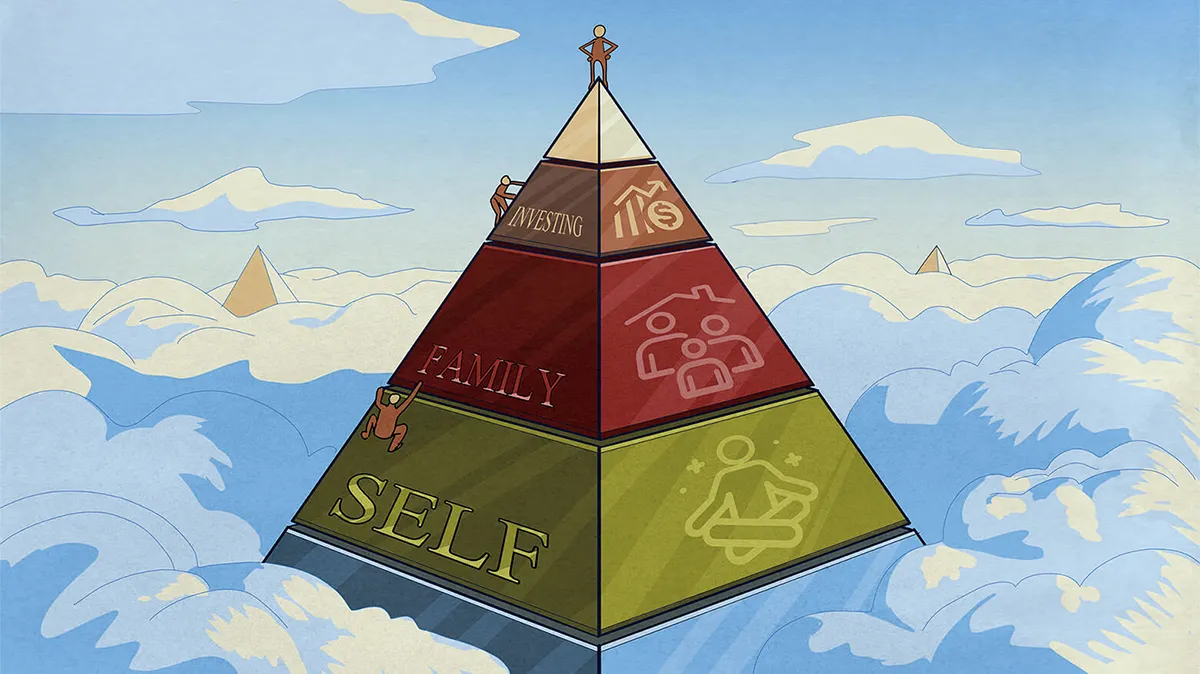Santa Fe and my family go way back to the early 90s. It all started with my father and my stepmother. My father had his paintings exhibited in a gallery on Santa Fe’s famous Canyon Road. A few times a year, they would load up paintings in a minivan and drive them to Santa Fe.
My first experience with Santa Fe was in 1998 – it was not a good one. I went there with a girl I was dating. We got there. It was unbearably hot. We did not see much. Santa Fe fell flat with me (and I fell flat with the girl). (I should have checked the weather before the trip.)
Then eight years ago I wanted to do a road trip with my father and my then twelve-year-old son, Jonah. My father suggested Santa Fe. This started one of my favorite Katsenelson family traditions of visiting Santa Fe in the summer.
Santa Fe is four hundred miles from Denver. It is a gorgeous eight-hour drive through the Rocky Mountains – this beauty is worth every mile. We’d leave at seven in the morning, have lunch in Salida, Colorado, and arrive to Santa Fe by 4 pm. We always finished our first day at our favorite restaurant, the Indian Palace.
We’d spend a half a day walking Canyon Road – Santa Fe’s gem. Canyon Road used to be just another residential street in a sleepy neighborhood. Then the houses were turned into galleries. There are about a hundred galleries along the road. Going from gallery to gallery is a bit like trick or treating – you want to make sure you stop by every house on both sides of the street (even if you don’t get the Halloween goodies).
My father turned this gallery “trick or treating” into a four-hour art lesson. He is a phenomenal teacher and art guide. Though in the US he became known as an artist, he has a PhD in electrical engineering and taught electrotechnics theory for 27 years at Murmansk Marine Academy. He was one of the teachers most beloved by students at the Academy. Thus, in addition to being a scientist and an artist, he is a very gifted teacher. It doesn’t matter what he teaches; you want to listen to him.
Anything and everything I know about art was taught to me by my father. Our summer vacations were always accompanied by trips to art museums. When I was older my father and I traveled to Europe, and every city of size required a visit to an art museum.
This “trick or treating” through the galleries turned in a wonderful art lesson. My father was very gentle, not inflicting his thoughts on us, wanting to know our thoughts about the art. Our opinions mattered to him. He’d treat us as art equals. Obviously, we were not, but it felt so good.
Student of Life
I just finished reading Ego is the Enemy, by Ryan Holiday. One of the points Holiday makes is that ego stiffens our growth – we stop learning. What is the point of learning if we already know everything? Ego is a virus that is genetically programmed into all of us. It is sitting dormant and waiting to attack if we let it (usually triggered by failures and successes).
The best way to guard ourselves from our ego is by thinking of ourselves as evergreen students. Albert Einstein said, “As our circle of knowledge expands, so does the circumference of darkness surrounding it.” We should welcome “the circumference of darkness” wholeheartedly.
As I think about it now, my father is the embodiment of the moniker that has become near and dear to me: student of Life. He is an accomplished artist who has won national and international awards, and his art is in an art museum in Japan. He took masterclasses from artists he admired well into his 70s. There was always something he could learn from others.
After exhausting our “trick or treating” we’d go to our favorite restaurant, sit under a big tree, have lunch, and play cards. Then we’d go to the hotel. My father would take a nap. Jonah and I would take a dip in the swimming pool. Then we’d go out to dinner. Jonah always wanted to go back to Indian Palace. So we did.
Santa Fe Opera
We’d finish the evening with the Santa Fe Opera – the highlight of the trip, at least for me. I’d argue the Opera is the second (or maybe even the first) gem of Santa Fe. The Santa Fe Opera building is itself a work of art – it sits gorgeously on a hillside overlooking the Jemez Mountains to the west and the Sangre de Cristo Mountains to the east..
I’ve been to many operas, all over the world, but this was the first opera that had tailgate parties in the parking lot. But this was not your hotdog and beer football gathering. Opera lovers, dressed nicely for the occasion, brought their portable tables, with white linen cloths, and some even had flowers and candles. This was a wine, steak, and fine cheese kind of tailgate event with genuine wine glasses and fancy silverware – in the parking lot!
Saying that Jonah liked the opera is an overstatement, but he liked going there because I’d let him get Sprite during the intermission (we have no sugary drinks at our house). He patiently suffered through the opera in anticipation of intermission, when he’d have his Sprite.
I did not realize this until I became a parent, but my parents did something similar with me. They’d take me to the theater, or an opera or a symphony, and buy me sweets at the intermission. They would never do it anywhere else. The promise of sweets is what gave me the patience to get through those few hours of boredom when I was a kid. And thanks to those sweets I was exposed to classical music. That sugar was worth it.
On our third trip, in 2015, my father, Jonah, and I were joined by my then nine-year-old daughter, Hannah. We went to the Santa Fe Opera. This was Hannah’s first time at the opera, and we saw Rigoletto by Giuseppe Verdi. After the performance, as we were walking to the car – this was five years ago, but I remember this conversation as if it happened today – I sheepishly asked Hannah what she thought. She said, “Dad, I know you really wanted me to like this opera. And honestly, what I am saying has nothing to do with what you want. I really, really liked this opera.” My eyes are watering a little as I write this.
Santa Fe 2020
This year I went to Santa Fe with Hannah. My father and Jonah couldn’t make it. It was a father-daughter trip.
The Santa Fe Hannah and I encountered this time was quite different from the Santa Fe I am used to seeing. It was a ghost town. The Santa Fe Opera was closed. It seemed like we were the only tourists in town during the virus outbreak. Though the galleries were open, we did not visit them. It was hot, and we’d have to wear our masks for hours, going trick or treating.
Instead, Hannah and I would get up at 6 am, arm ourselves with Starbucks, and walk the empty streets of Santa Fe for a few hours before it got too hot. We’d talk. Hannah would tell me about the fantasy novels she is reading (they sounded so good I wanted to read them, too). She’s been reading two books a week. We’d have breakfast, then find a bench under a big tree and read until dinner (we’d just snack for lunch). This was basically a reading trip.
We were horrified to learn that our favorite Indian Palace restaurant was closed –it had been vandalized by racists.
The Martian
During our long drive Hannah and I listened to the audio book The Martian. Recently Hannah has showed some interest in science. It all started after we watched Elon Musk’s SpaceX rocket sending astronauts to the International Space Station. (Now I can understand how sending men to the moon in the 60s was so inspiring to the nation.)
After that we watched astronaut Chris Hadfield’s MasterClass, and I could see Hannah’s eyes light up. The movie version of The Martian was the next logical stop. The book was different from the movie in that it went so much deeper into how (fictional) NASA astronaut Mark Whatney, stuck on Mars, deals with incredibly difficult problems thrown at him by using science, ingenuity, and the will to survive.
As a parent it is so important to notice these little inklings that your kids have and nurture them and help them grow. Maybe Hanna will become a scientist – as long as she is happy, I’d be delighted if she did. (Jonah has expressed no interest in investing, nor has Hannah. My six-year-old, Mia Sarah, is my last hope for IMA to become Katsenelson & … daughter).
Hannah used The Martian on me before we even finished listening to it. In the book, Mark Watney needs to travel 1,300 miles over Mars in a vehicle. It will take him a few weeks. The only food he has left is potatoes. He bakes potatoes before the trip and then freezes them. He explains that he did this not just because it is easier and more pleasant to eat cooked potatoes, but because cooking breaks down the protein in potatoes, and thus they provide more net calories than uncooked ones.
A few hours after we listened to this episode in the book, we stopped for lunch in Salida. Hannah had an ahi tuna salad (mostly uncooked tuna). Thirty minutes later, after we’ve eaten and are driving again, she tells me she’s hungry and could we stop and get a snack. I say “You just ate!” She says “Dad, you don’t understand. That tuna was not cooked and thus the protein was not broken down and so I didn’t get as many calories as you think!”. How could I refute this well-constructed scientific argument?
Traditions
A friend of mine told me a story about the St. Louis Bread company that is known today as Panera Bread. After they made their very first batch of sourdough bread, they took a lump of the dough and put it aside. The following day, when they made a new batch of sourdough, they added the lump from the day before. They did this every day thereafter –added the dough from yesterday to today’s dough. When they opened a new bakery, it would bring a lump of yesterday’s dough from another bakery. They have been doing this for 40 years. Think about it; Panera has 2,000 restaurants today. Every piece of their sourdough bread has a little a tiny bit of dough from 40 years ago and every day in between. The history of the company has been strung together in its sourdough bread.
Traditions are like that. The connecting tissue (dough) of traditions are memories. We string them together when we do things together with our family. Going to Santa Fe is a tradition for my family. When Hannah and I were walking the streets of Santa Fe, we kept saying “Remember this place? You were looking for Pokémon with Jonah here,” or “Remember this place? You played cards with Grandpa Naum and Jonah here.”
That is what Santa Fe is for us now. It is full of memories strung together – it is our “remember this” place.









0 comments
0